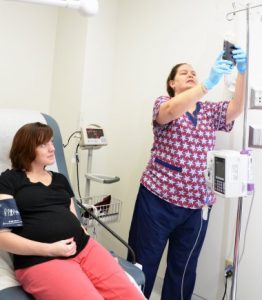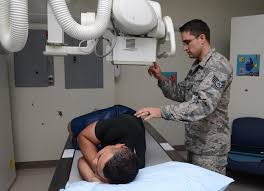Healthcare Worker Classification and Areas of Work

For the purpose of radiation safety, healthcare worker classification is divided into two categories – those who directly work with radiation and those who do not directly work with radiation but may be exposed to it. Occupational dose limits apply to workers who directly perform radiation work. Hospital employees who do not directly perform radiation work are treated like members of the general public in terms of restricting exposure.




